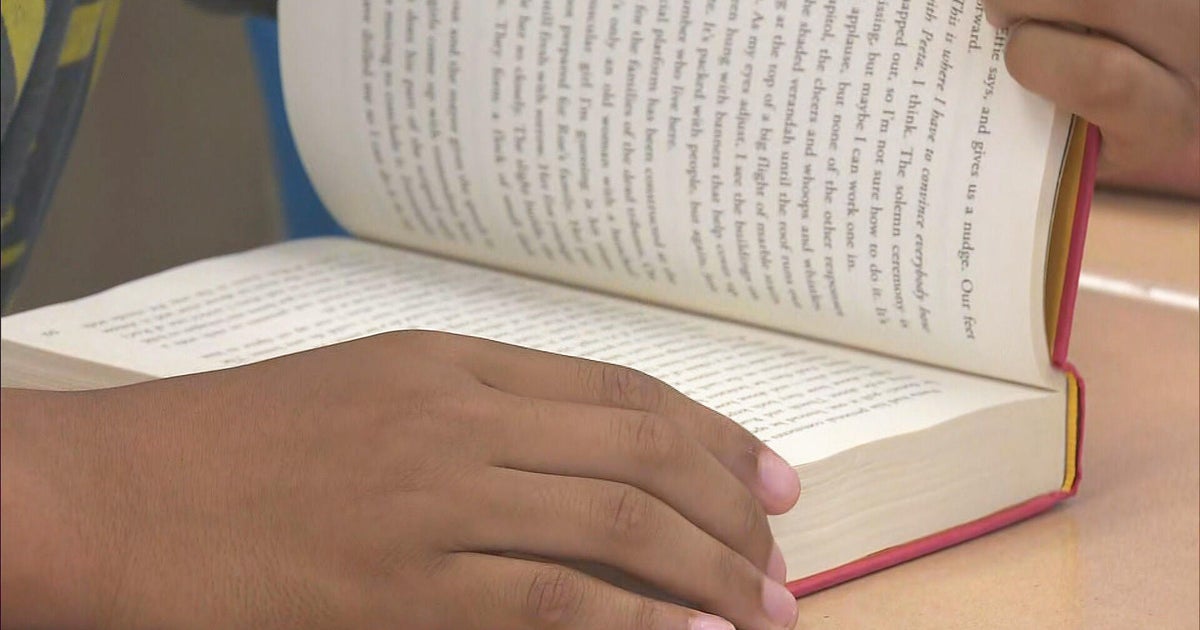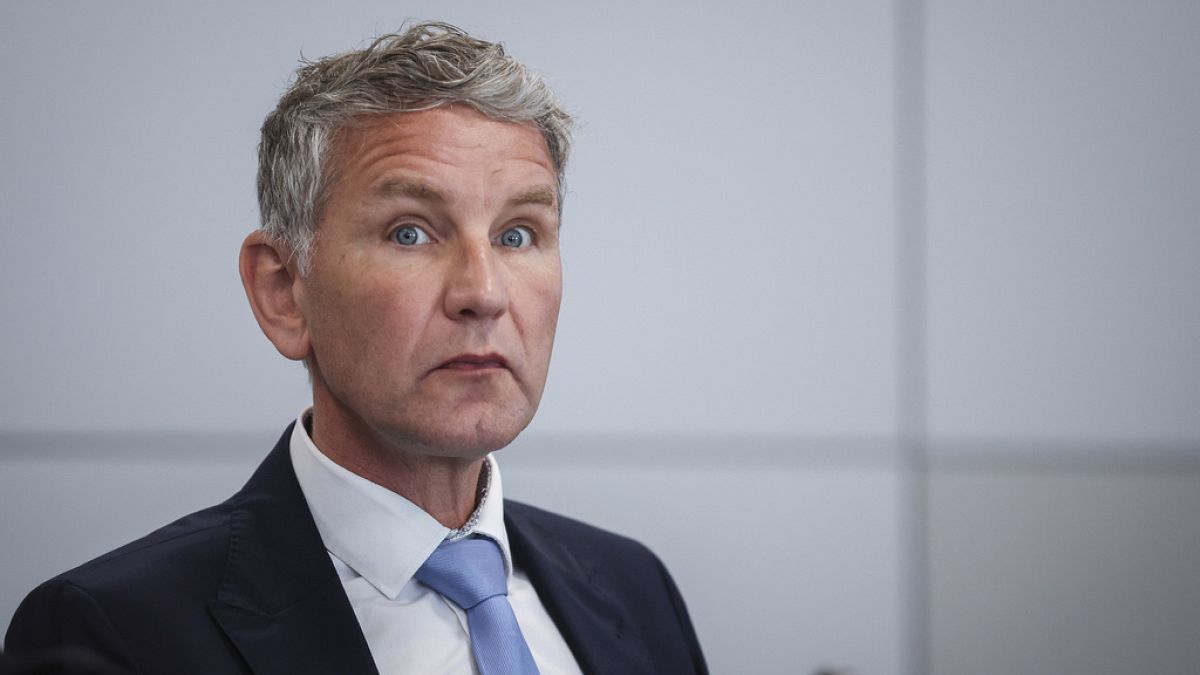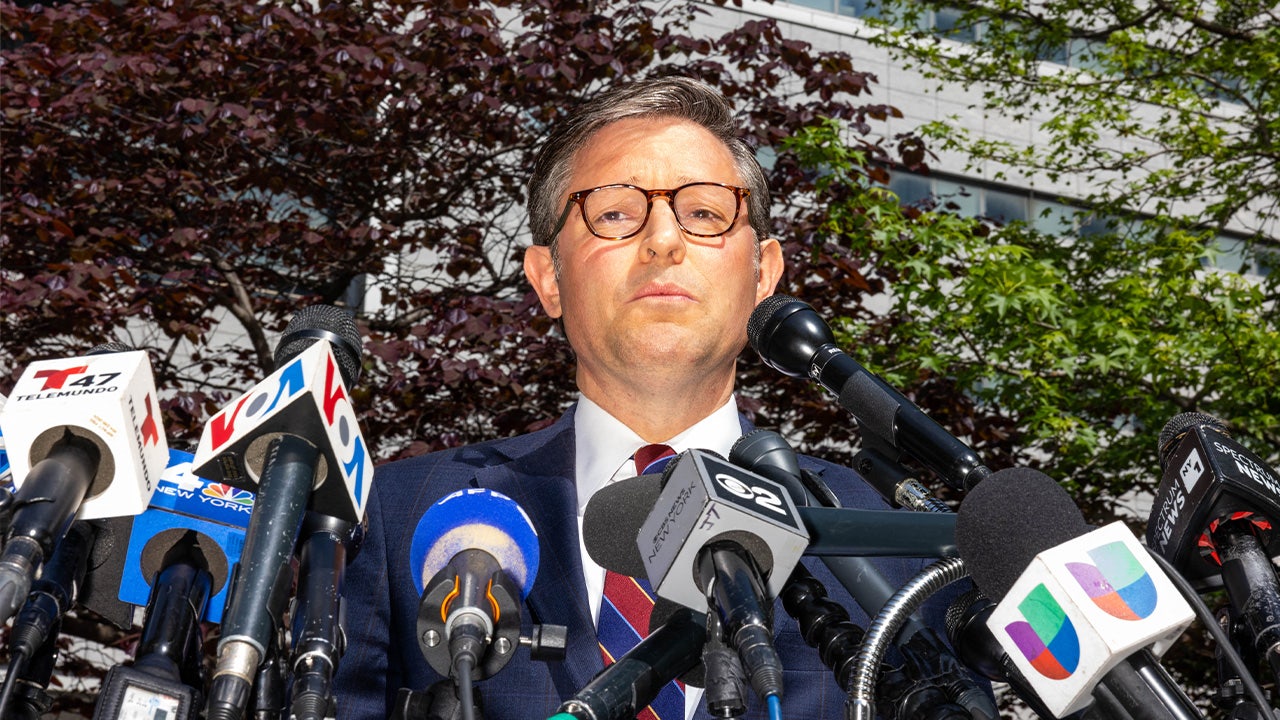Austin, TX
Texas' diversity, equity and inclusion ban has led to more than 100 job cuts at state universities

AUSTIN, Texas — A ban on diversity, equity and inclusion initiatives in higher education has led to more than 100 job cuts across university campuses in Texas, a hit echoed or anticipated in numerous other states where lawmakers are rolling out similar policies during an important election year.
Universities throughout Texas rushed to make changes after Republican Gov. Greg Abbott signed the law last year. On April 2, the president of the 52,000-student University of Texas at Austin — one of the largest college campuses in the U.S. — sent an email saying the school was shuttering the Division of Campus and Community Engagement and eliminating jobs in order to comply with the ban, which went into effect on Jan. 1.
More than 60 University of Texas at Austin staff members were terminated as a result of the law, according to the Texas Conference of the American Association of University Professors. The group said it compiled the list based on affected employees who had reached out and that the number could be greater. University officials declined to confirm the number of positions eliminated.
Officials at other schools, in response to inquiries from The Associated Press, indicated that a total of 36 positions were eliminated between Texas A&M University in College Station; Texas Tech University in Lubbock; Texas State University in San Marcos; The University of Houston; Sam Houston State University in Huntsville; and Sul Ross State University in Alpine. Officials said no one was let go; people were assigned to new jobs, some resigned and vacant positions were closed.
Earlier this week, University of Texas at Dallas officials announced that approximately 20 associate jobs would be eliminated in compliance with the law. University officials declined to comment on how many of those positions are currently filled.
Texas House of Representatives Speaker Dade Phelan, a Republican, applauded the University of Texas actions in a post on the social media platform X. “It is a victory for common sense and proof that the Legislature’s actions are working,” Phelan wrote.
Texas is among five states that have recently passed legislation targeting DEI programs. At least 20 others are considering it.
Florida was the first to implement a ban, last year, with the vocal backing of then-Republican presidential candidate Gov. Ron DeSantis, who often derides DEI and similar diversity efforts as “woke” policies of the left. In response to the law, the University of Florida last month announced more than a dozen terminations.
Universities of Wisconsin regents reached a deal with Republican lawmakers in December to limit DEI positions at the system’s two dozen campuses in exchange for getting funds for staff raises and construction projects. The deal imposed a hiring freeze on diversity positions through 2026, and shifted more than 40 diversity-related positions to focus on “student success.”
Republican legislators who oppose DEI programs say they are discriminatory and promote left-wing ideology. Some are counting on the issue to resonate with voters during this election year. Democratic DEI supporters say the programs are necessary to ensure that institutions meet the needs of increasingly diverse student populations. Lawmakers from the party have filed about two dozen bills in 11 states that would require or promote DEI initiatives.
Texas’ anti-DEI law, which Abbott enthusiastically signed last year, prohibits training and activities conducted “in reference to race, color, ethnicity, gender identity, or sexual orientation.” Additionally, the law, also known by its legislative title, SB17, forbids staff members from making hiring decisions that are influenced by race, sex, color or ethnicity, and prohibits promoting “differential” or “preferential” treatment or “special” benefits for people based on these categories.
SB17 states that the ban doesn’t apply to academic course instruction and scholarly research. That’s why professor Aquasia Shaw was so surprised to hear last week that her supervisor was not going to renew her contract. Shaw said she was not given a reason for the termination, but considering the timing, she suspects it’s the new law.
Shaw taught courses on the intersection of sociology, sports and cultural studies in the Department of Kinesiology and Health Education at the University of Texas at Austin. Her faculty page on the university’s website states her focus as “sociology of sport and cultural studies, sport management and diversity, inclusion and social justice.” A course she taught this semester was titled Race and Sports in African American Life. But she said she had not been involved in any DEI initiatives outside of her teaching.
“I was under the impression that teaching and research was protected so … I am trying to grapple with the idea and in denial that this can’t be the reason I was targeted,” she said.
In March, Republican state Sen. Brandon Creighton, who authored SB17, sent a letter to public university boards of regents across the state, inviting them to testify in May about the changes that have been made to achieve compliance. He included a warning that renaming programs, rather than changing their intent, would not be sufficient.
Creighton’s office did not respond to an emailed request for comment.
The law’s impact was felt in Texas even before it went into effect. In anticipation, University of Texas at Austin officials last year changed the school’s Division of Diversity and Community Engagement to the Division of Campus and Community Engagement. The name change didn’t save it — it was closed this month. School officials said some of the division’s projects would be relocated, while others would be shut down. They did not provide specifics.
Shaw said she was the only person of color in her department. She said she saw on X that other university employees had been let go and began connecting with them. At least 10 of the other terminated faculty and staff members whom she contacted are also from minority groups, she said.
The loss of her job was a big blow to Shaw, who had already scheduled classes for this summer and fall. She said her superiors had previously told her they hoped to renew her contract.
“I am so disheartened to see that exactly what I was concerned about ended up happening anyway,” Shaw said.

Austin, TX
Texas Swimmers, Fink/Foster Highlight Longhorn Elite Invite Psych Sheets

2024 Longhorn Elite Invite
- May 15-18, 2024
- LCM (50 meters)
- Lee & Joe Jamail Texas Swimming Center, Austin, TX
- Psych Sheets
The 2024 Longhorn Elite Invite will be held this weekend at the Lee and Joe Jamail Texas Swimming Center at the University of Texas in Austin. The three-day meet will feature all Olympic events in its schedule. Among the list of athletes on the psych sheets includes Nic Fink who will swim both the 100 and 200 breaststrokes. Carson Foster will also be in attendance and is entered in four events, the 200 free, 400 free, 200 IM, and 400 IM.
Fink enters the meet and is coming off a World title in the 100 breaststroke as he won the event at the 2024 World Championships in Doha in February. He also won bronze in the 50 breast and 200 breast. Fink has been a core member of the US breaststroke group at the international level having qualified for Tokyo in 2021 and swimming at every world championship since as well.
The breaststroke events also feature numerous other big names such as Jake Foster, who also represented the US at 2024 Worlds finishing 4th in the 200 breast and 9th in the 100. Will Licon is also in the breaststroke events and looks to qualify for the Paris Olympics later this summer after finishing 3rd in the 200 breast at the 2020 Wave II Olympic Trials.
Jake’s older brother Carson Foster also highlights the psych sheets and is the top seed in the 400 free and 400 IM and the #2 seed in the 200 free behind NCAA Champion Luke Hobson and the #2 seed in the 200 IM behind Shaine Casas. Carson will look to qualify for his first Olympic team after finishing 3rd in the 400 IM and 4th in the 200 IM at 2020 Wave II Trials.
With the arrival of Bob Bowman as head coach, notable names absent from the meet include Regan Smith, Hubert Kos, and Leon Marchand. Bowman said last month that he would be splitting time between Tempe and Austin.
Highlighting the women’s side of the meet includes Olympic Gold medalist Lydia Jacoby who is entered in the 100 breast, 200 breast, and 50 freestyle. German Olympian and Texas training partner Anna Elendt is also entered in the meet and is the #2 seed behind Jacoby in both breaststroke events.
2020 US Tokyo Olympian in the 1500 freestyle Erica Sullivan will take on a range of freestyle events as she is in the 200 free, 400 free, 800 free, and 1500 free. Also highlighting the mid/distance free events are Jillian Cox and Erin Gemmell. Both swimmers represented the US last summer at the 2023 World Championships.
2024 Worlds bronze medalist in the 50 free Kasia Wasick is also entered on the psych sheets and is the top seed in the 50 and 100 freestyles. Wasick represents Poland.
Numerous club swimmers will also be in attendance. The boys side is highlighted by 17 year old Maximus Williamson while the girls side is highlighted by Maggie Wanezek who will travel to the meet from Wisconsin.
Austin, TX
FAFSA delays stall Austin-area students’ college decisions into summer

Brian Lerma-Alfaro, a senior at Lehman High School in Hays County, started his Free Application for Federal Student Aid with paper forms in December.
After months of trying to submit the paper forms, he opened an online application in March.
Two weeks from graduating from high school, he’s still wading through technical difficulties.
“Literally, the only thing I need is a signature from my mom,” Lerma-Alfaro said. “When I go into her account, my form doesn’t pop up.”
Lerma-Alfaro received his acceptance to the University of Texas in February, where he wants to study data science and statistics. But he needs his aid package from the university — which requires the FAFSA form — to receive other scholarships.
He spent two hours in his counselor’s office Monday, trying to work through the form’s technical issue.
“It’s been a huge pain in the butt,” Lerma-Alfaro said.
Delays in the FAFSA process have plunged what’s already a stressful and cumbersome matter for high school seniors into a plague of uncertainty.
Weeks after the usual May 1 college decision deadline, many seniors are still waiting on aid information that’s crucial to making a decision.
A lot of things went wrong this year to create the uncertainty, said Shareea Woods, director of the Texas College Access Network. The organization is meant to improve students’ ability to attend college.
The U.S. Department of Education overhauled the entire system to one that’s meant to be a more streamlined, easier process.
However, glitches pushed back the opening of the FAFSA application process from the typical October date to January. The federal department also didn’t start processing applications until March.
Processing turnaround times are down to one to three days now, according to the federal department.
Burden on colleges
Cindy Melendez, the vice president of student success at Concordia University Texas in Northwest Austin, said universities’ largest challenge with sending out financial aid packages has been waiting on data from the U.S. Department of Education.
“We’re used to these packages going out in February,” Melendez said. “So from February to May, our staff has been really working hard to figure out how we prepare for this time when we have to condense packaging into a much shorter time frame than usual.”
For students with multiple acceptances trying to decide which college will give them the most educational bang for their buck, the delays are causing stress.
“There has been some understanding that our students need more time, especially our students that are coming from economically disadvantaged backgrounds,” Woods said. “We’ve heard some stories of parents putting in deposits at multiple institutions so they can hedge their bet.”
Melendez said the university sent out the first round of aid packages last week. Because Concordia works so closely with families, the deadlines are very flexible, and university staffers have been working with applicants one on one to offer support and guidance.
The University of Texas included an option for students to extend their deadline to June 1. Miguel Wasielewski, vice provost of admissions, said about 1,000 students opted for more time, while about 9,000 committed to the university without knowing their financial aid packages. The office has been in contact with all 1,000 students, he said.
“In this case, it’s all about just making sure that we advocate wherever possible to get them the resources that they need, while also monitoring where they are in the process,” Wasielewski said.
To date, the university hasn’t noticed differences in the makeup of next year’s class compared with previous years because of the FAFSA delays, he said.
Brian Dixon, vice provost for enrollment management, said UT plans to start sending out packages this week. Earlier in the process, the admissions team identified some particularly strong candidates that it anticipated would need financial aid, something typically evaluated from FAFSA data, and offered some early tuition guarantees.
“The institution took that financial risk to try to provide the assurance for those students, and that has been highly effective,” Dixon said. “About 4 out of 5 students who received those early guarantees have taken us up on that offer.”
Cost of delays
Even if colleges let students push back their decision, the delays still cost them, Woods said.
A postponed college acceptance means students could miss out on summer boot camps that colleges offer for some intensive programs or might delay housing choices, she said.
“Our concern is some students may be so turned off by this process they may choose not to enroll,” Woods said.
For students who are still waiting, they should keep an eye on their inboxes and stay in communication with the colleges they’d like to attend, she said.
Dixon still thinks there will be problems to work out next year. For instance, students of parents without a Social Security number initially could not complete the form this year.
Nationwide, fewer students have completed the FAFSA this year compared with last year.
Only 50.4% of Texas high school seniors had completed the FAFSA by May 3, according to the federal Education Department.
By this time last year, 70% of students had completed the application, according to the Texas College Access Network. Even in 2021, which was a record low year because of the pandemic, 58% of Texas seniors filled out the application.
Dixon expects more students will still fill out the form once their peers start receiving letters.
Lerma-Alfaro is the only one among his group of friends left still awaiting an aid package, he said.
With graduation ahead, he’s been working to keep his grades up, look for jobs and spend time with his friends. The balance is already difficult, and he’s ready to get his college plans set in stone.
“I don’t like saving things until the last day,” Lerma-Alfaro said.
The Education Department has updates at studentaid.gov.
Austin, TX
Jackson tied for lead as Notre Dame is 9-under to trail host Texas at NCAA regional golf
AUSTIN, Texas — Graduate captain Palmer Jackson was one of six golfers to shoot an opening four-under 67 and his senior teammate Angelo Marcon was among three to shoot 68 as No. 32 Notre Dame opened the 54-hole NCAA Austin Regional with a nine-under total of 275, two strokes behind leader and tourney host, No. 13 Texas.
Two Longhorns — Nathan Petronzio and Tommy Morrison — were tied with Jackson along with Michael Brennan of No. 29 Wake Forest, Bryce Lewis of No. 5 Tennessee and Kelvin Hernandez of No. 41 UNC Greensboro after Monday’s storm-interrupted first round at the par-71, 7,399-yard University of Texas Golf Club. Following the Longhorns and Fighting Irish were the Volunteers at eight-under 276, three strokes ahead of Brigham Young with Georgia fifth in the 13-team field at even-par 284.
Men’s lacrosse: Notre Dame men’s lacrosse survives first round test from UAlbany in NCAA Tournament
Jackson, Notre Dame’s No. 1 player from Murrysville in western Pennsylvania, started his round on the back nine and made the turn in five-under 31 with five birdies. Play was suspended by thunderstorms when Jackson was playing the third hole — his 12th of the day. When play resumed, Jackson played his final six holes in one-over.
Marcon, the senior No. 4 for the Irish from San Francisco, started his round birdie-eagle-birdie on his way to a four-under 32 on the back nine. He bogeyed the eighth hole on the front to finish his round of 69.
Coach John Handrigan’s Fighting Irish also had a pair of one-under 70s from freshmen No. 2 Jacob Modleski of Noblesville and No. 5 Rocco Salvitti of Canonsburg, Pa., which left them tied for 18th. Sophomore No. 3 Nate Stevens of Northfield, Minn., shot a two-over 73 which didn’t count toward the team score.
Women’s basketball: Analysis: How Notre Dame women’s basketball is turning its depth from liability to strength
Modleski, who played for 2023 state champion Guerin Catholic, shot a one-under 35 on his front nine. He started with birdies at Nos. 10, 11 and 14 before making bogeys at Nos. 15 and 18 for a one-under 35 back. He started the front with a birdie before bogeys at Nos. 7 and 8. But he closed with a birdie to close out his 70.
Salvitti also played the back nine — his first nine holes — in one-under thanks to birdies at Nos. 13 and 14. He birdied Nos. 1, 4 and 5 to offset three bogeys on his final nine holes of the day.
Stevens, tied for 43rd place, started his round with 10 pars. He had four bogeys but made two birdies at Nos. 3 and 9, his final hole of the day.
The tournament continued Tuesday and concludes Wednesday. The low five teams and top individual not on those team advance to the national championship May 24-29 at the Omni La Costa Resort & Spa in Carlsbad, Calif.
NCAA DIVISION I MEN’S GOLF AUSTIN REGIONAL
AUSTIN, Texas – Results after Monday’s first round in the 54-hole NCAA Men’s Golf Regional played at the par-71, 7,399-yard course at the University of Texas Golf Club:
Team scores: 1. Texas 273 (-11); 2. Notre Dame 275 (-9); 3. Tennessee 276 (-8); 4. Brigham Young 279 (-5); 5. Georgia 284 (E); 6. Utah 285 (+1); 7. Arkansas State 287 (+3); 8. UNC Greensboro 288 (+4); T9. Arkansas 289 (+5); T9. Wake Forest 289 (+5); 11. Kansas City 294 (+10); 12. Grand Canyon 295 (+11); 13. San Jose State 298 (+14).
Individuals: T1. Palmer Jackson (Notre Dame), Michael Brennan (Wake Forest), Nathan Petronzio (Texas), Bryce Lewis (Tennessee), Tommy Morrison (Texas), Kelvin Hernandez (UNC Greensboro), 67.
T7. Brian Stark (Texas), Angelo Marcon (Notre Dame), Peter Kim (Brigham Young), 68.
T10. Zac Jones (Brigham Young), Jacob Shov Olesen (Arkansas), Javier Barcos (Utah), Connor Creasy (Georgia), Thomas Curry (Arkansas), Lance Simpson (Tennessee), Gustav Frimodt (Texas Christian), Luke Gutschewski (Iowa State), 69.
Notre Dame scores: T1. Palmer Jackson 68; T7. Angelo Marcon 69; T18. Jacob Modleski and Rocco Salvitti 70; T43. Nate Stevens 73.
-

 Politics1 week ago
Politics1 week agoHouse Dems seeking re-election seemingly reverse course, call on Biden to 'bring order to the southern border'
-

 World1 week ago
World1 week agoSpain and Argentina trade jibes in row before visit by President Milei
-

 Politics1 week ago
Politics1 week agoFetterman says anti-Israel campus protests ‘working against peace' in Middle East, not putting hostages first
-

 World1 week ago
World1 week agoGerman socialist candidate attacked before EU elections
-

 News1 week ago
News1 week agoUS man diagnosed with brain damage after allegedly being pushed into lake
-

 World1 week ago
World1 week agoGaza ceasefire talks at crucial stage as Hamas delegation leaves Cairo
-

 Politics1 week ago
Politics1 week agoRepublicans believe college campus chaos works in their favor
-

 Politics1 week ago
Politics1 week agoConservative beer brand plans 'Frat Boy Summer' event celebrating college students who defended American flag

















